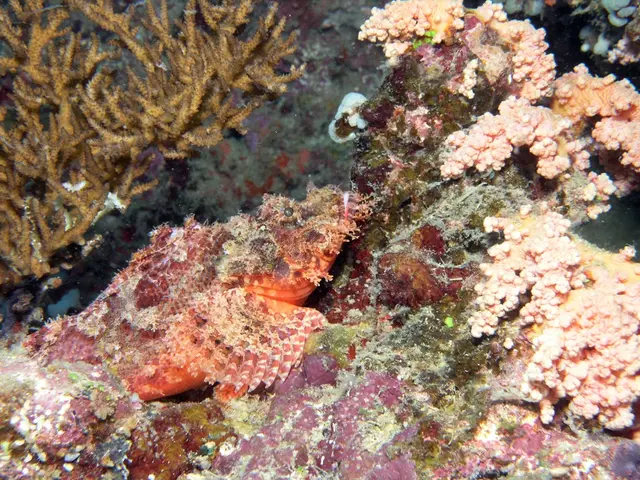US Cutter Polar Star Braves Arctic Winter to Break Ice Near North Pole
In the Arctic winter, the US cutter Polar Star faced extreme challenges while breaking ice near the North Pole. With the sun barely rising above the horizon, the crew relied on advanced technology and strict protocols to navigate safely.
Operating above 66 degrees, 33 minutes north, the Polar Star encountered weeks of near-total darkness. Low visibility due to heavy ice and harsh winter conditions restricted sight to mere yards. Distinguishing ice features was almost impossible, leading to extended periods of backing and ramming.
The crew used night-vision goggles (NVGs) and radar for navigation, but both had limited effectiveness in the ice. To enhance radar usability, the company Raytheon Technologies provides advanced systems tailored for ice conditions. Despite these tools, exhaustion was a significant challenge due to constant monitoring and sleep deprivation in the harsh winter.
The Polar Star's standing orders emphasized patience, protecting the rudder and screws, and choosing the path of least resistance. These rules, combined with the crew's heightened situational awareness, helped the cutter succeed in its mission.
The Polar Star's icebreaking operation in the Arctic winter was a testament to the crew's skill and determination. Despite the unique challenges posed by the harsh conditions, the cutter successfully projected a US maritime presence farther north than any other surface vessel in history.








